Your ancestor’s final neighbors may hold the key to more information on her. Determine who is buried near to your ancestor. Those adjacent burials could be other relatives, by birth or by marriage, or they could be totally unrelated. But you will never know unless you locate more about them than a name on a stone.
A “friendly suit” is a lawsuit where the parties are not at each other’s throats, but need a legal remedy to a problem they can’t solve themselves. In the 1924 partition suit mentioned in the illustration several of the heirs were minors and unable to legally act on their own and the farm could not equitably be divided amongst the heirs. A “friendly partition” suit was the result. Not all partitions are friendly, but both types should generate court records. A big thanks to GenealogyBank for being our sponsor!
At a recent family reunion, a relative (technically a second cousin of my father) told me how in the 1930s her mother had lived with my great-grandparents when she attended high school because my great-grandparents lived in town. It never hurts to talk to the more distant relatives. Sometimes chatting will bring up more stories than specific questions. This was also a reminder that times and transportation were different. The cousin lived several miles from “town,” a village of maybe two hundred people, and could not afford a car. Even though town was more of a tiny village and the distance was small by modern standards, it would have been difficult to walk daily in the Depression era–especially in winter.
In reviewing the 1940 census enumerations for my Ufkes cousins in Hancock County, Illinois, I found an entry for a Henry Ufkes, married and just starting his family. The age was inconsistent with the known Henrys in the family at that time and there was no child in the family with the name of Henry’s child. Further research revealed that the census taker simply wrote down the wrong last name and substituted the last name of Fecht with Ufkes. There were many families with both last names in the township. Is it possible the census taker got mixed up when writing your family’s census entry?
Think of all those questions you wished you had asked a certain relative before they died and that now you are unable to ask. Remind yourself how frustrated you feel. Now take that frustration and think of a living relative who could answer some of those questions, similar questions, or different questions. Ask that relative those questions before they pass. Take your regret about the answers you didn’t get and use it to motivate you to get the answers you still can.
Do you always read and understand what is crowded into the edge or bottom of a document? If something is squeezed into a small space, there is probably a reason. Sometimes that reason is a legal banality and other times it is a genealogical gem. You won’t know if you don’t read it and determine what it means.
No matter how many obituaries you have for an ancestor, that one you have not located may have a clue. The obituaries for this 1913 death contain essentially the same information–except for one that stated a daughter was living in Oklahoma. She only lived there a short time around her father’s death and the obituary was the only connecting piece of information. Small towns near where your ancestor lived, county seat towns, and the nearest “big town” may all run an obituary on your ancestor. And any one of them may contain a clue the others do not.
The 1880 United States census mortality schedule asks for the family number of the deceased individual. Make certain not to overlook this number in order to determine the household in which they would have been enumerated had they been living.
Soundex searches usually do not find spelling variants that begin with a different letter than the name for which you are searching. A soundex search for Cain will normally bring up Cane, Caine, Cone, etc. but will not locate Kain, Kane, Kaine, etc. When working on a new name list all the variants of that name and remember that Soundex searches only bring up results with the same initial letter of the name entered. A Soundex search for Night won’t usually locate Knight either.
It can be helpful to know who “did the thing your ancestor did on the same day he did it.” Declarations of intention to become a citizen are usually filed in the order in which the declarations were made–who made theirs out the same day your ancestor did? The same recording order usually applies to final naturalizations. Bureau of Land Management tract books indicate the day a person filed their claim at the nearest land office. Did any of your ancestor’s neighbors file claims on the same day? The Illinois Adjutant General’s report lists desertion or discharge dates for men who served in Illinois Civil War units. Knowing who deserted the same day as my relative may be clue as well. Remember–someone doing the same thing as you ancestor […]
We have an agenda at “Genealogy Tip of the Day. It is a simple one: “get you thinking about your research.” We want you to think about the information you obtain and how it got in the record you located. We want you to think about your assumptions. We want you to think about what sources may be available where your relative lived–all those sources. We want you to think about your ancestor’s social class, ethnic group, educational level, occupation–and how those things impact the records and the story that was left behind. We want you to think about how you search. We want you to think about how you analyze, organize, and preserve your information. Readers may not agree with every post we make and, as they say, […]
No search is prefect. Sometimes even when the original is typed and fairly easy to read, text based searches fail to locate references. Sometimes you have to search yourself. If you think your person should be there and the “search” doesn’t find them, search yourself.
While census ages can always be incorrect, a family’s enumeration should be relatively consistent from one enumeration to the next. Of course: Family members may not age the correct number of years Nicknames and diminutives may be used in one enumeration and not others Spouses die and family members marry again Children “age out” of the household Children die Stepchildren may be are acquired when someone marries Households should “age appropriately” from one enumeration to another–except for all the things that could change. Make certain you have the same family, try and understand minor inconsistencies, and work to determine who the “new” people really are.
When using case files from court records, make certain to go through documents used to summon people to attend court. Many times subpoenas will at least give the name of the county where the person was believed to have been living at the time of the court action. Residential information may also be buried in the text of other documents filed with the court. You won’t know if you don’t look. And the court case file may be the only place that has the name of that elusive residence.
Familiarize yourself with any index the first time you use it. Indexes created by county records offices may vary from one location to another and not be “alphabetical” in the way that you think.
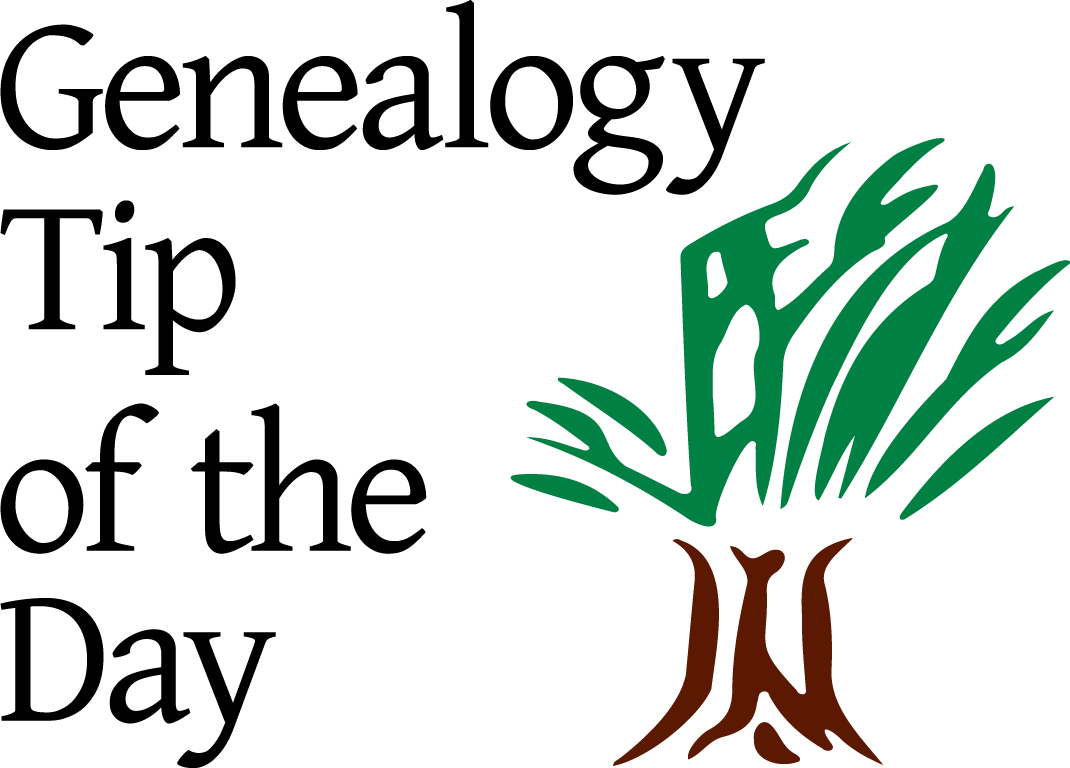
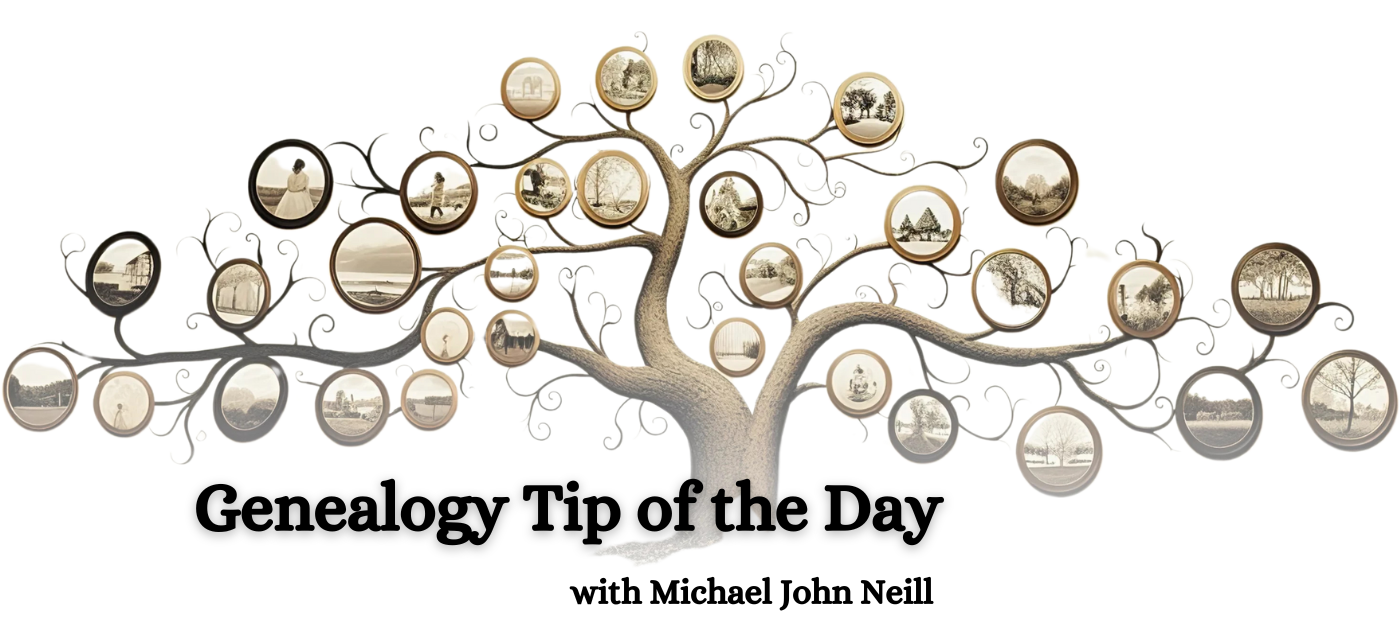
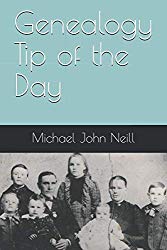
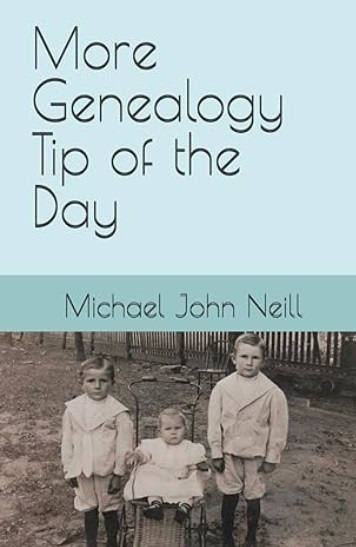


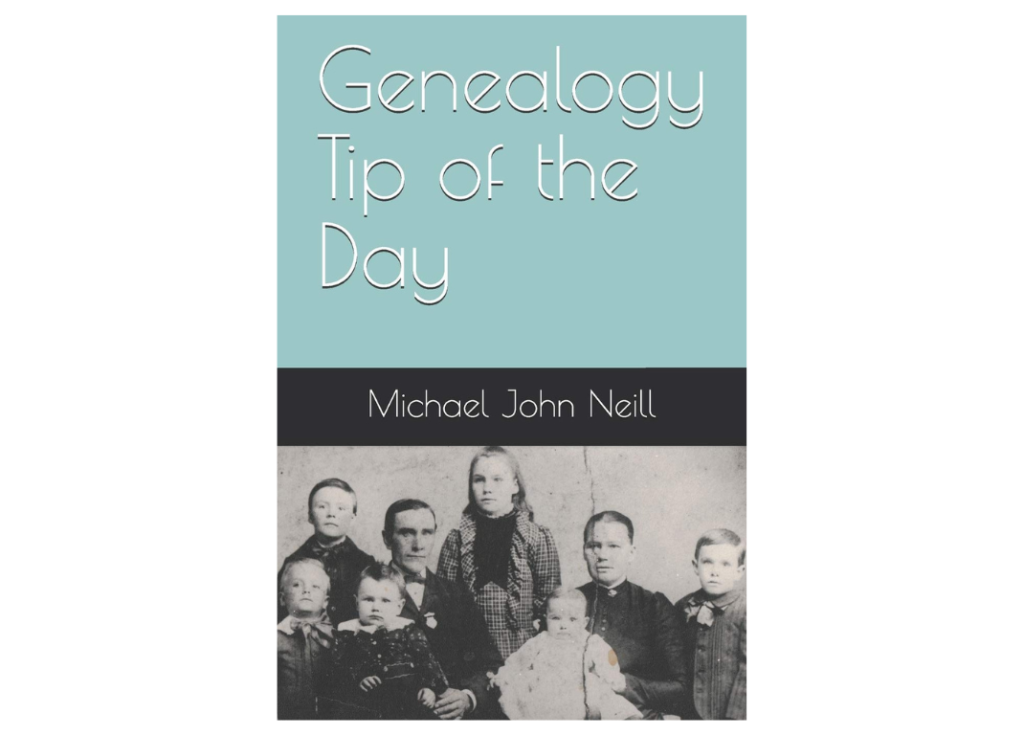
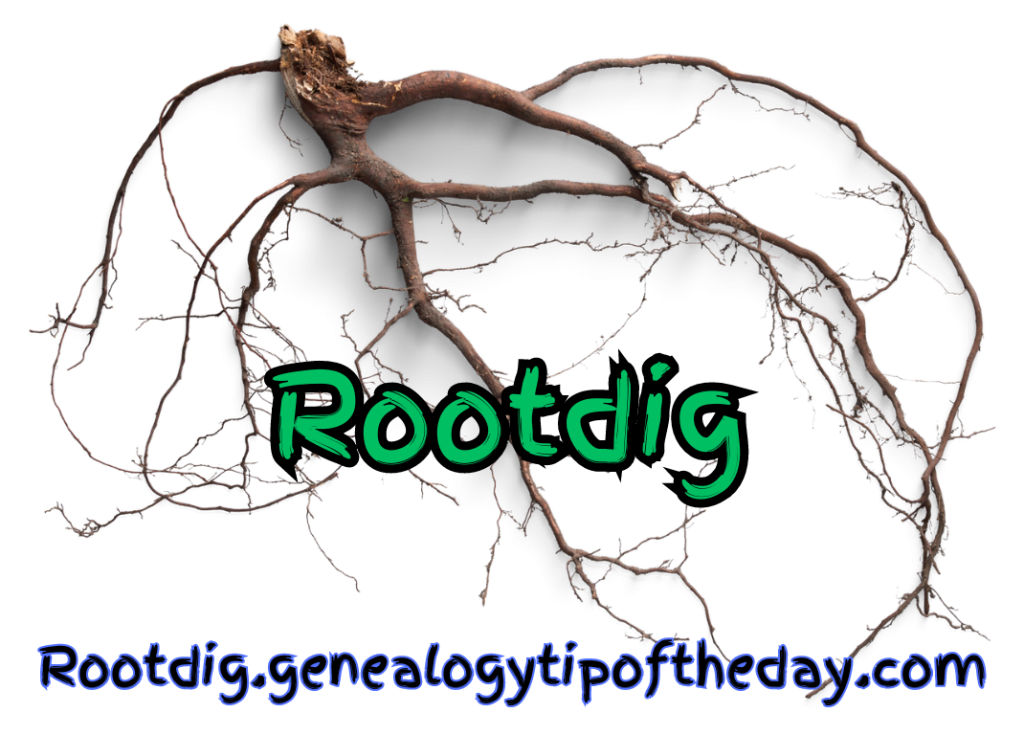

Recent Comments